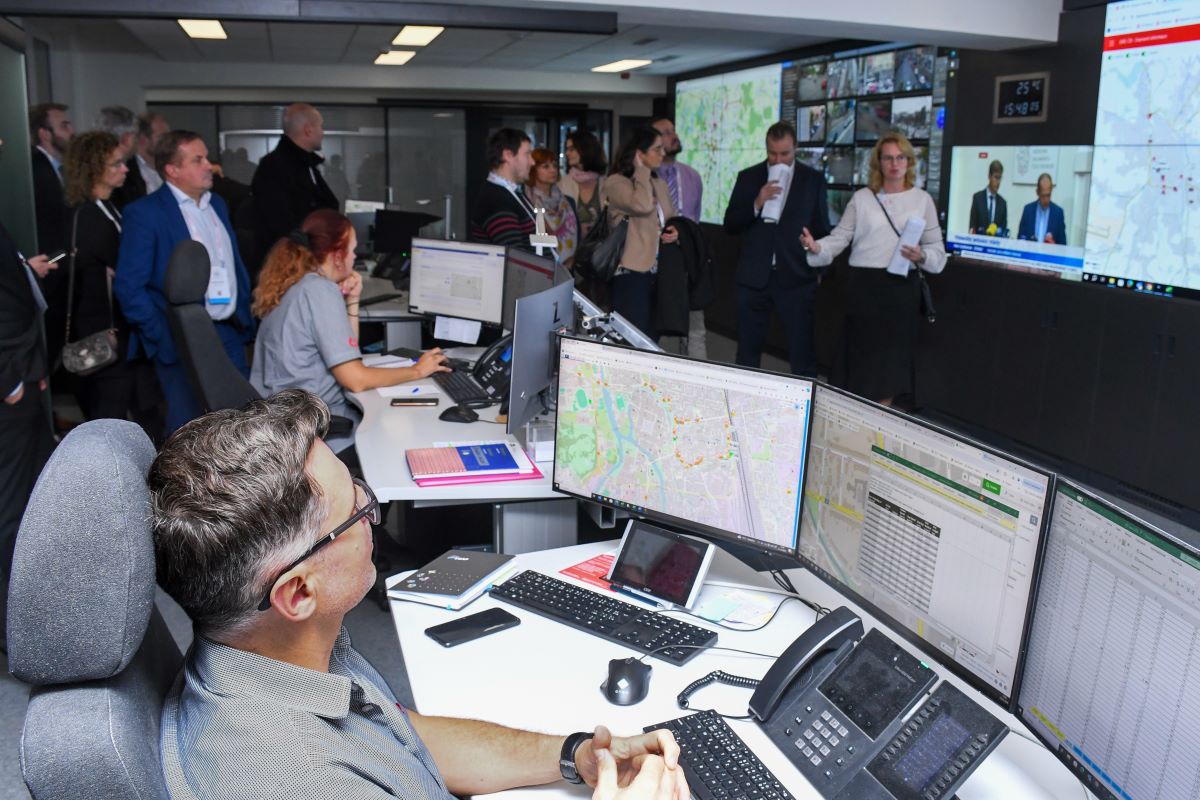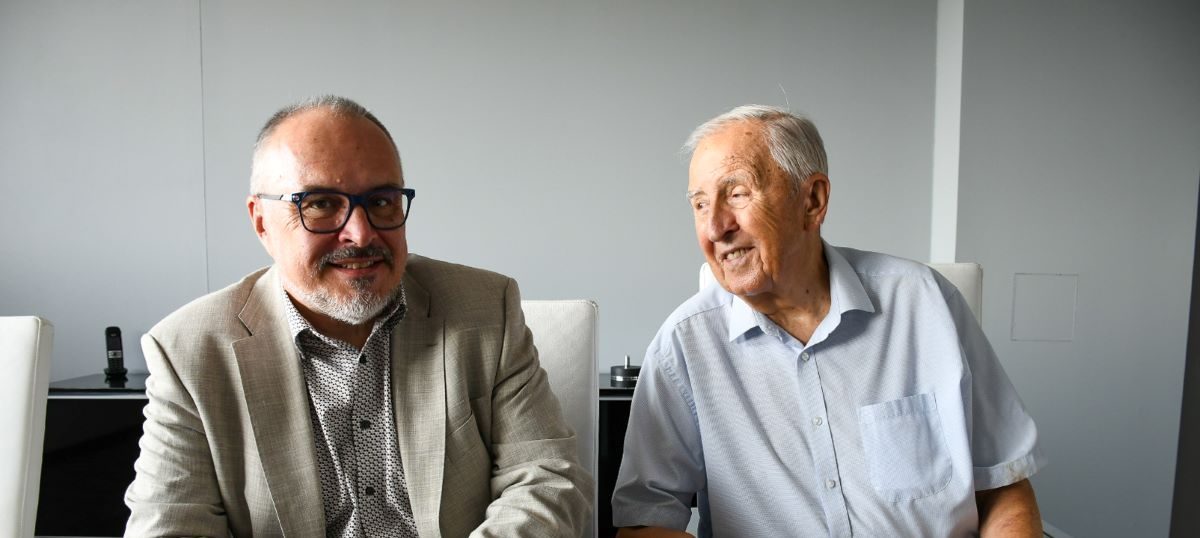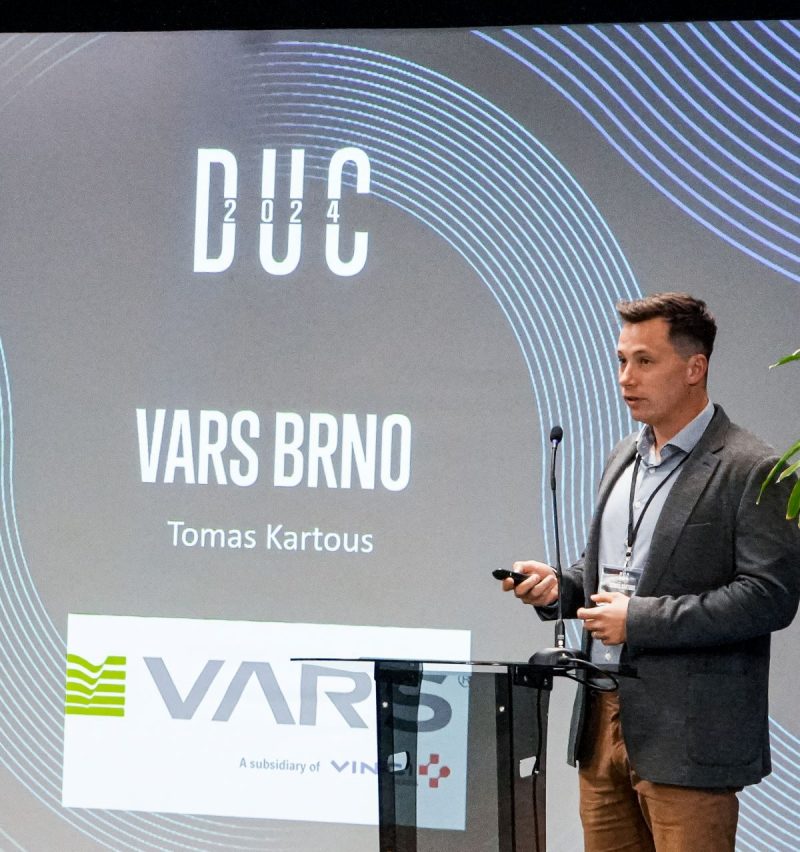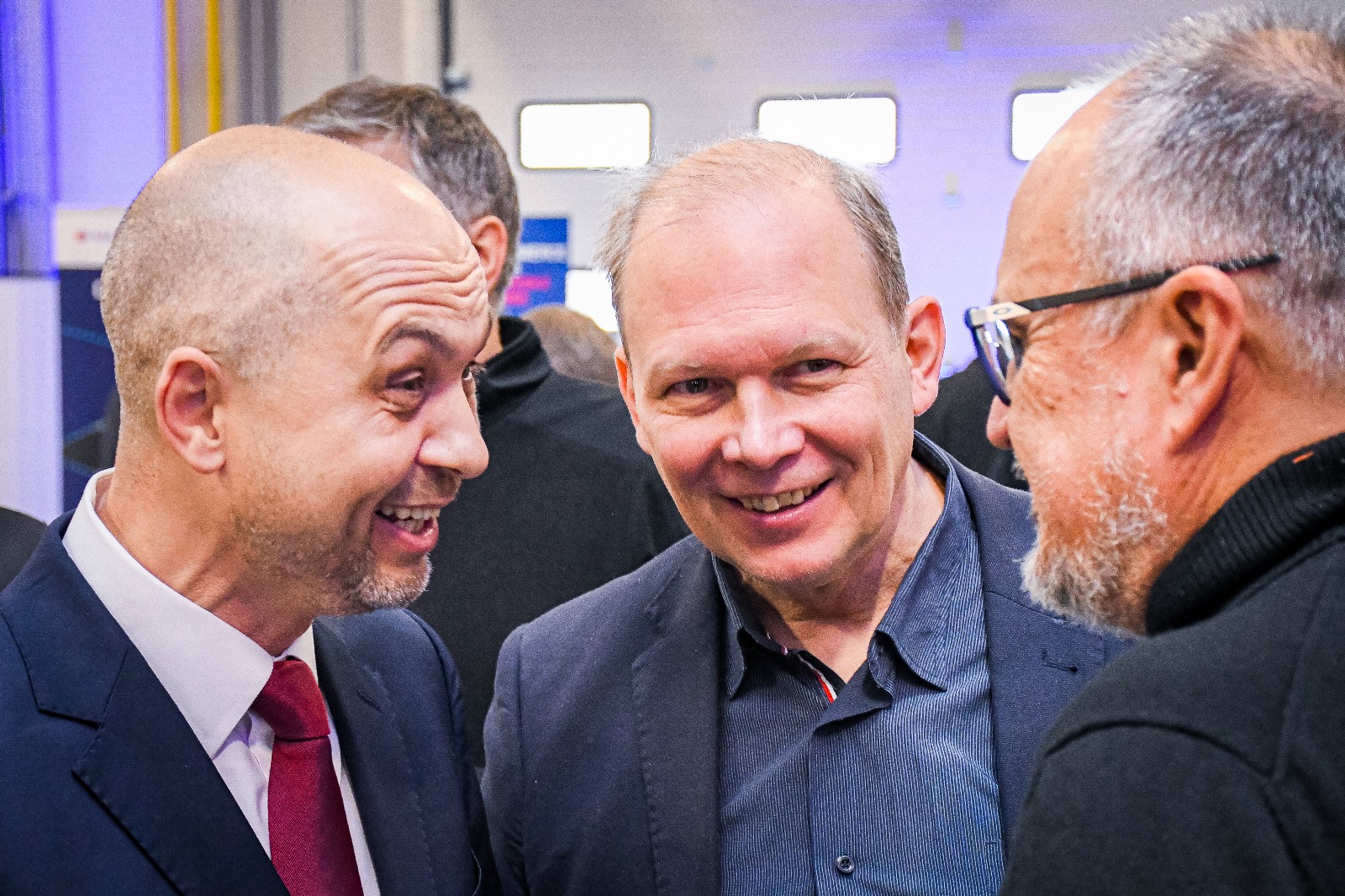
- en
- cs
VARS mobile liner helps on D1 near Brno
Three sets of mobile line control, supplied by VARS BRNO to the Road and Motorway Directorate, are now starting to help with traffic control on a critical section of the D1 motorway and the connecting section of the D2 motorway in the vicinity of Brno.
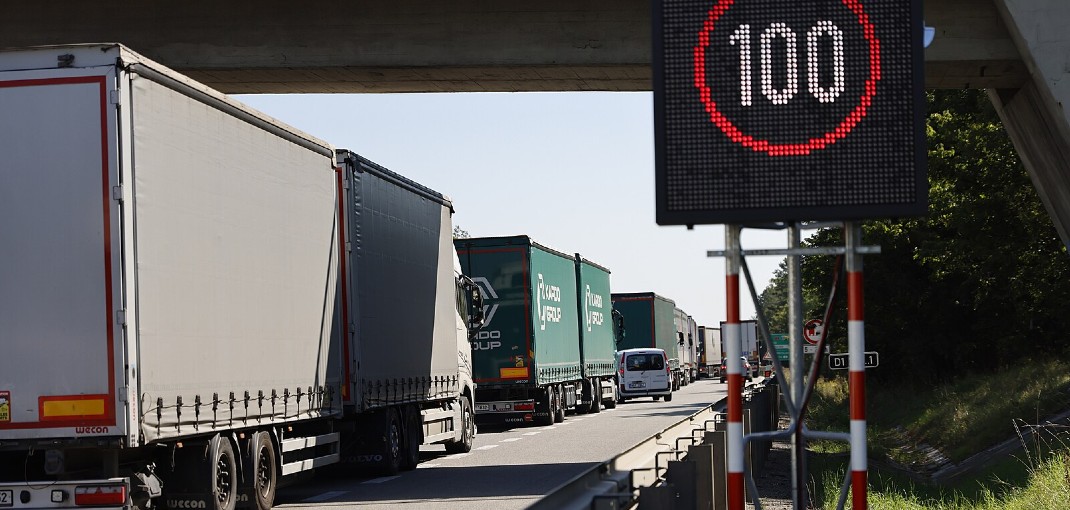
News
08 September 2023VARS mobile liner helps on D1 near Brno
Three sets of mobile line control, supplied by VARS BRNO to the Road and Motorway Directorate, are now starting to help with traffic control on a critical section of the D1 motorway and the connecting section of the D2 motorway in the vicinity of Brno.
Three sets of mobile line control, supplied by VARS BRNO to the Road and Motorway Directorate, are now starting to help with traffic control on a critical section of the D1 motorway and the connecting section of the D2 motorway near Brno.
The system, which can assess traffic intensity and adjust the maximum speed limit according to the set scenarios, is intended to help improve traffic flow in the congested section through which 80,000 cars pass daily. The situation on the D1 motorway is now complicated by construction work on widening the section between kilometres 194 and 196.
Check out the article by iDNES.cz, where Ondřej Pokorný, Sales Director of VARS BRNO, talks about the functioning of our “mobile liner”.
The cure for motorway traffic jams around Brno: clever signs determine speed autonomously
Road engineers are trying to improve the dismal situation on the D1 motorway near Brno, where the work on expansion to six lanes often leads to traffic jams and accidents. A ban on overtaking for trucks and an intelligent system that will dilute traffic in critical sections will help.
Whatever happens on the D1 motorway will immediately have a knock-on effect many kilometres further on. And when it involves a stretch that is one of the busiest in the Czech Republic, with 80,000 cars a day, it is even worse. Especially when this section along Brno has been narrowed since August due to work on the six-lane road.
In the first month of construction, police officers have already recorded double the number of accidents on the approaches to this restriction or at the entrance ramps. Drivers often fail to anticipate how quickly traffic will thicken and fail to brake in time for a slow-moving or stationary column.
“These are mainly minor accidents without injuries, which are dealt with using the Euroform. However, even in these cases, our patrol immediately sets off to the scene to help the traffic get clear in both lanes as soon as possible,” reports traffic policeman Lubomír Sedlák.
Road traffic officers want to prevent the brake-and-gas driving style and the associated higher risk of accidents and other complications by installing so-called “mobile line traffic control” on the approaches to the motorway to Brno. The complicated-sounding name hides smart LED signs that, based on detectors of the number of cars, their speed and type—i.e. whether it is a car or a truck—will automatically assess to what speed to reduce traffic on the motorway before arriving at the limit.
“If the cars are travelling at 130 kilometres per hour, but traffic is getting thicker, the speed can be gradually reduced to 100, then to 80 and then to 60. By gradually slowing down the flow of cars, you will achieve a temporary increase in the capacity of the motorway to some extent because there is less spacing between cars due to the lower speed. This may prevent a traffic jam or delay the time when it occurs,” explains Ondřej Pokorný, Sales Director of Vars Brno, which supplied the device to the Road and Motorway Directorate (ŘSD). The latter will deploy it in live operation for the first time in the next few days.
The system will also help on D2
Pokorný rejects the idea of duplicating the information panels that normally alert drivers to problems on the motorway. The reason is that the new system evaluates the situation autonomously using a programmed algorithm that draws specific current data from sensors along the motorway.
“The mobile line traffic control will operate on D1 between kilometres 178 to 187 and before exit 207. In both cases, it will be in the direction to Brno,” said Jan Studecký, spokesman for the Regional Directorate of Transport. Specifically, it is the section from Ostrovačice to the west of Brno; on the other side of the city, it is the section near Rohlenka.
In addition to D1, ŘSD will place a third set of four pairs of signs on the D2 motorway approach in the opposite direction from Bratislava. The consequences of the narrowing of the largest Czech motorway are also reflected there. “D2 has perhaps suffered the most,” Sedlák points out.
It is not only here that trucks overtake, take up three lanes, and block faster cars. “When I was driving through critical sections in Brno and its surroundings with the regional director of the traffic police, trucks cheerfully overtook us, even though we were in a police car,” says Petr Kratochvíl (ODS), Brno’s councillor for transport.
Miracles are not expected
He appreciates the fact that there will be a ban on overtaking for trucks on the D2, which will start at the 17th kilometre. And on D1, where this ban is already in force along Brno, it will be extended. It will start at Devíti kříž, on the other side near Rousínov. However, the question remains—whether drivers will follow the ban as well as the variable signs.
“There will be a temporary traffic adjustment on D2 also in the area of the off-grade crossing near the Avion shopping centre, where one lane will be reserved for the direction to Ostrava and one for the direction to Prague,” Studecký informs. Currently, it is not possible to use one of the ramps and drivers have to zigzag on the others to get where they need to go.
The above-mentioned attempts are intended to help; however, drivers cannot expect that the queues will miraculously disappear. The contractor itself admits that the traffic situation near Brno is significantly different to the roads to which its equipment was adapted.
Much more smart signage is needed. “At the moment, this is the maximum of the possible,” says a traffic police officer. Pokorný speaks of how the device should ideally be used at every on-ramp to ensure that incoming cars merge onto the motorway as smoothly as possible.
“I’m not saying that traffic will be significantly better with this measure, but it is something that could help at least a little,” believes Councillor Kratochvíl, who says that next year, as part of the motorway’s expansion to six lanes, the reconstruction of the aforementioned D1 and D2 intersection near Avion will be added to the current construction works. “This will not help at all, so let’s not be under any illusions that the situation will improve significantly,” he warns.
For more information about the system and how it works, see here.
Dále by vás mohlo zajímat
NEWS
